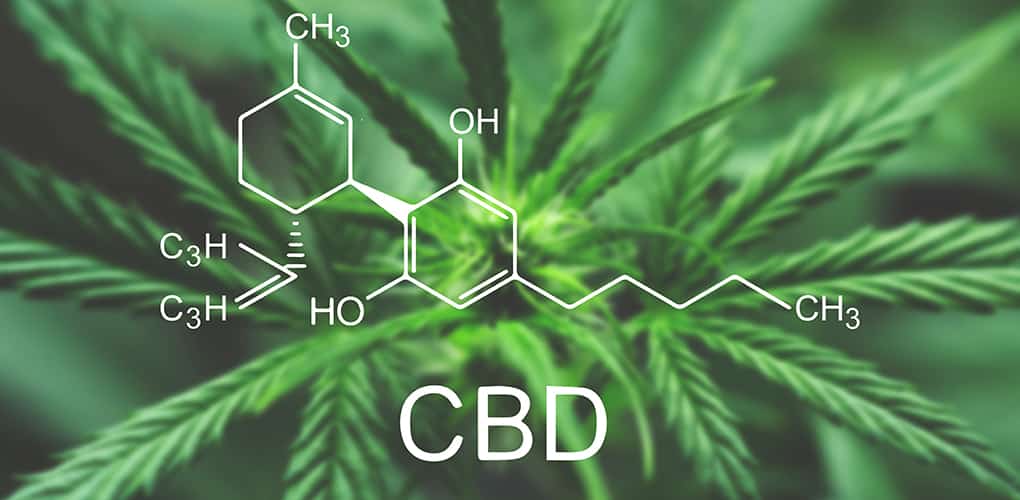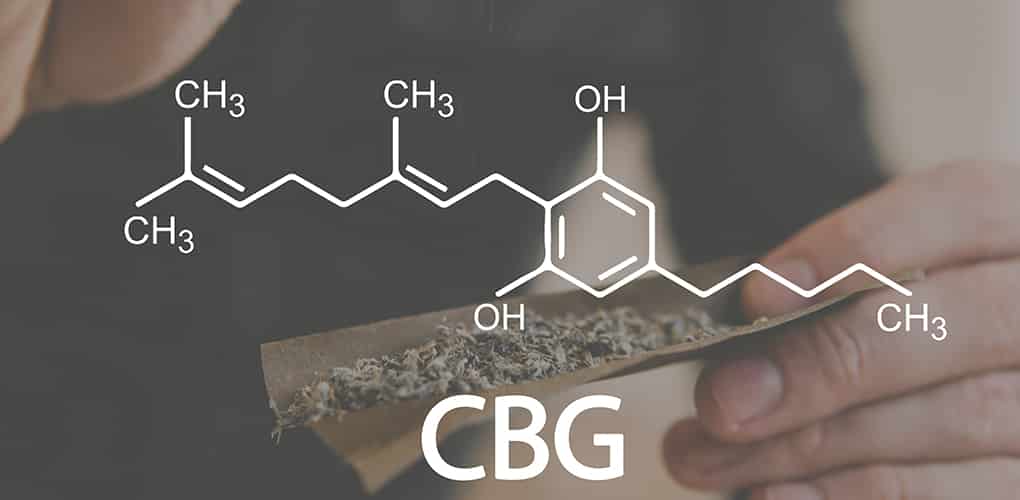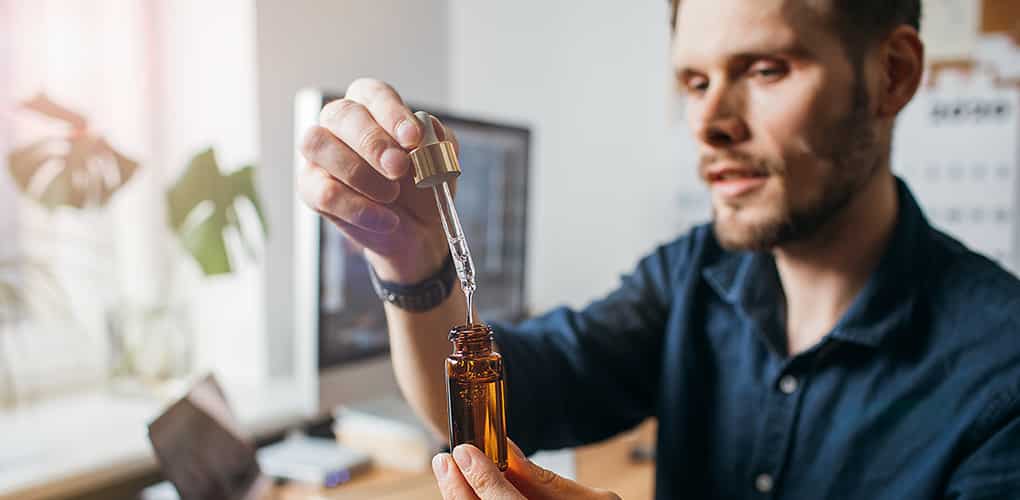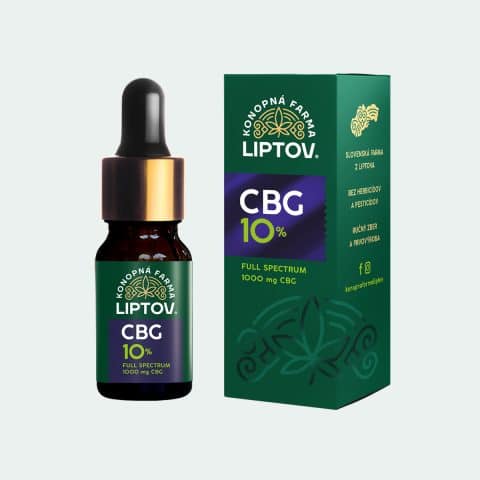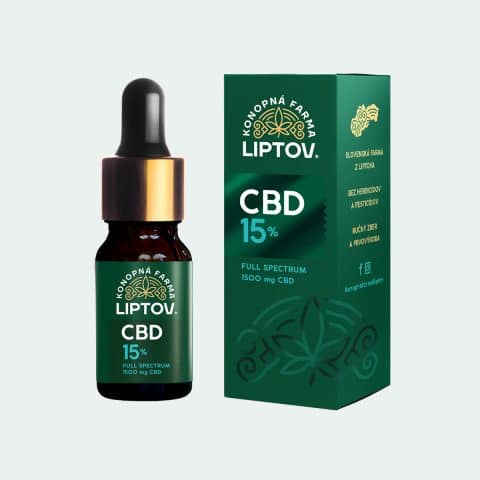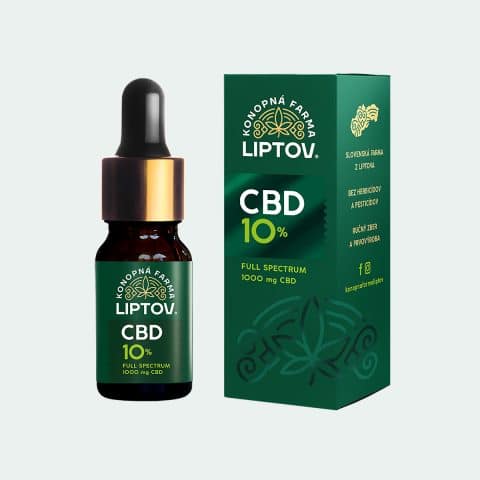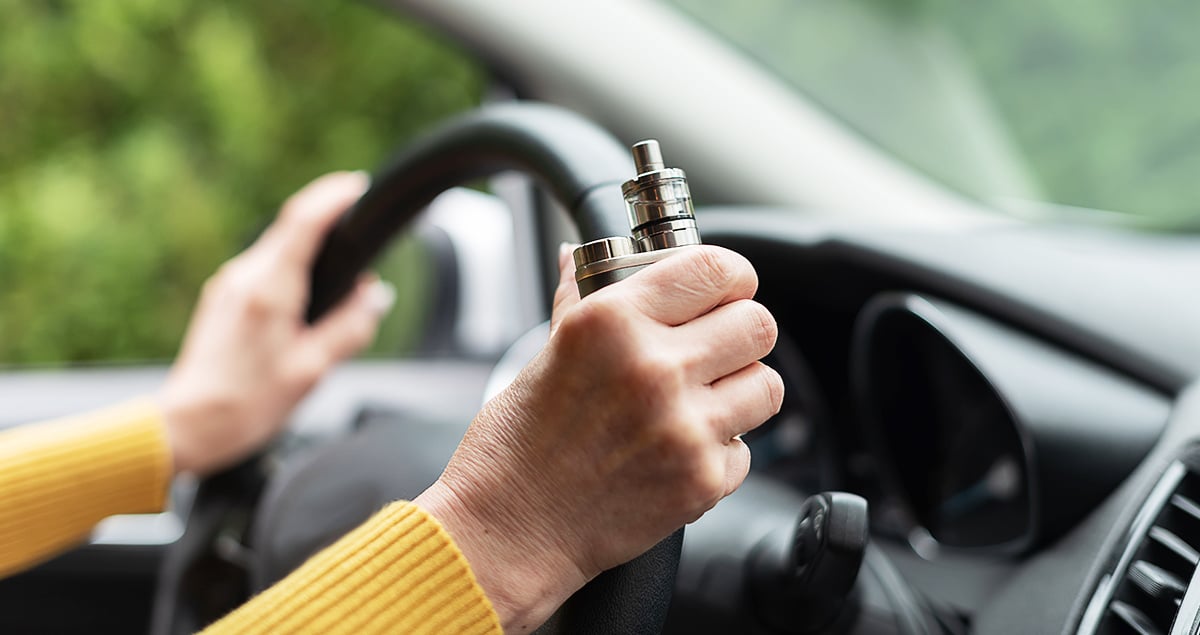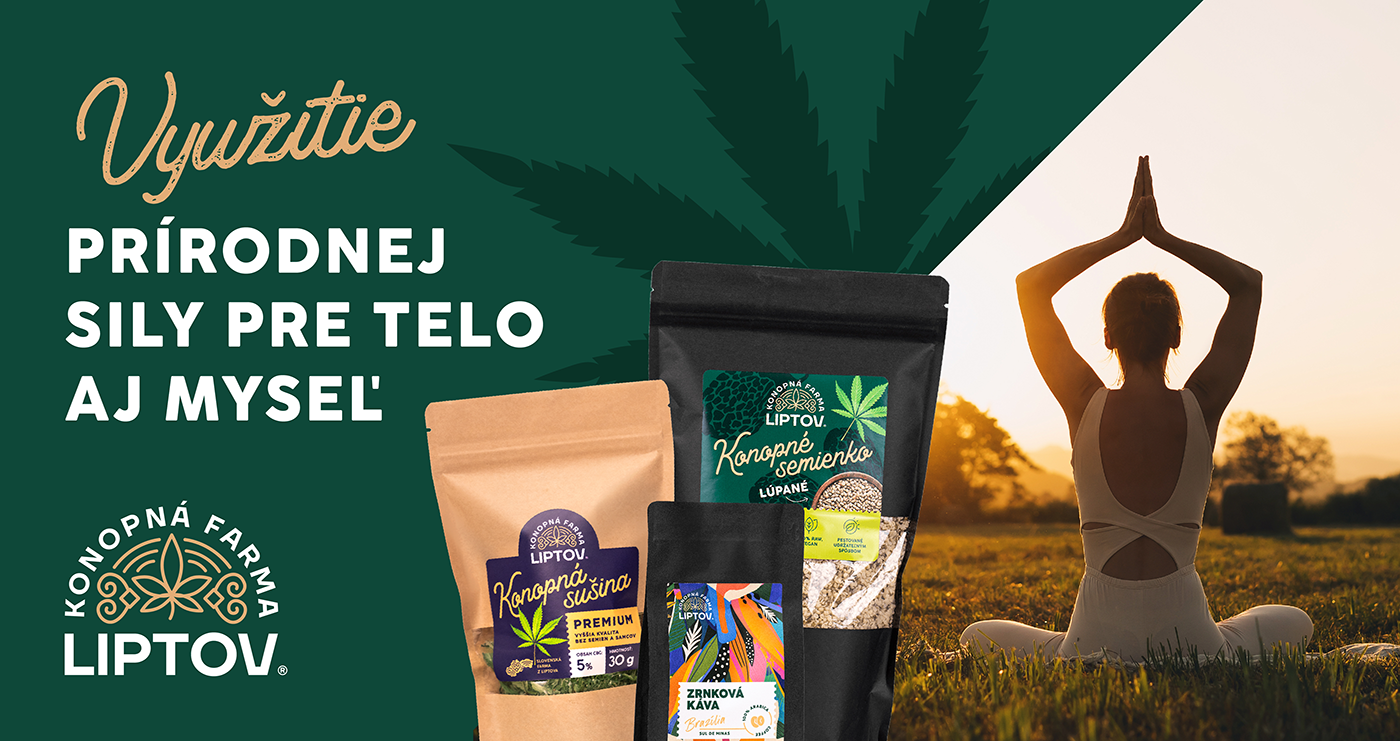The difference between CBD (cannabidiol) and CBG (cannabigerol)
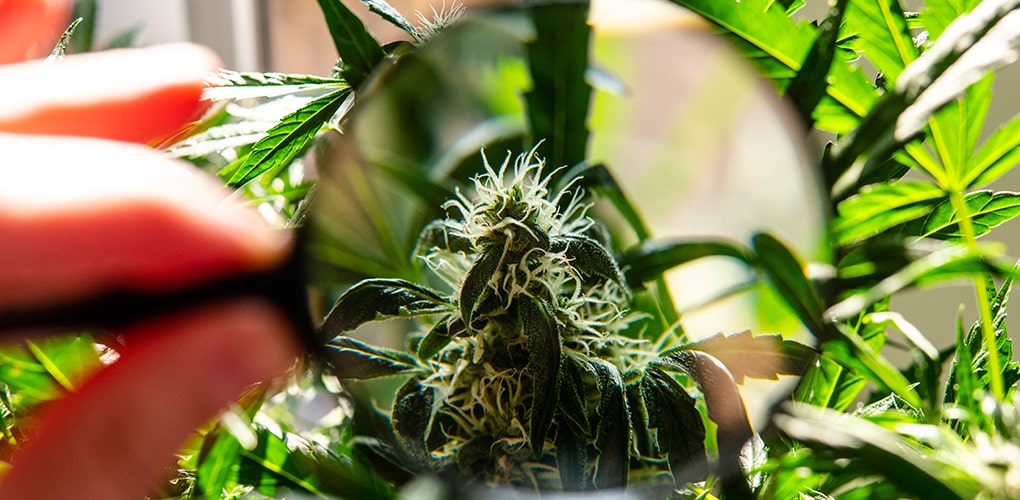
Let’s take a little closer look at the cannabinoids CBD (cannabidiol) and CBG (cannabigerol). We’ll look at the basic differences between them, or the possibilities of obtaining them. We will identify when it is appropriate to reach for cannabidiol, when to reach for cannabigerol and we will give examples of products enriched with their % component. Finally, we will also take a look at safety and what to look out for as a precaution.
Cannabinoids and the endocannabinoid system
To begin with, we will briefly talk about the basic concepts, not only for clarity but also for a better understanding of how cannabidiol and cannabigerol work in the body.
Research to date has revealed that the cannabis plant contains varying concentrations of cannabinoids and terpenes playing a significant role in its health benefits. Cannabinoids can act synergistically or individually in the body and are divided into two main groups:
- endocannabinoids (“endo”/internal) – are chemical compounds naturally produced and found in the body, regulating through receptors the most important functions such as body temperature, appetite, sleep, pain perception, etc;
- phytocannabinoids (“phyto”/plant) – a type of cannabinoid which, as the name implies, is natural in nature, produced by the plant itself. The resulting form of phytocannabinoids and the plant’s potential uses (type of treatment) are influenced by e.g. the type of seed, the way it is grown, the climate or any additives added.
Together, these cannabinoids interact through the endocannabinoid system, an intricate network of cellular receptors and neurotransmitters responsible for properly maintaining the balance of the body’s internal environment. The endocannabinoid system regulates a quantum of physiological processes, including mood, appetite and immunity. Two basic types of cannabinoid receptors, CB1 (primarily brain, lung, reproductive and central nervous system) and CB2 (spleen, skin, bone), are found in almost every tissue of the body in varying concentrations.
Cannabidiol/CBD
Now that we know what cannabinoids are and how they work, it’s time to take a closer look at one of the world’s most popular of them – cannabidiol, a.k.a CBD. It is a naturally occurring compound extracted from the flowers, stems or leaves of the cannabis plant. Research to date, although still relatively ‘young’, has demonstrated its abundant positive therapeutic properties.
It is important to mention the relationship of CBD to another, equally well-known cannabinoid called THC. Unlike THC, the use of cannabidiol does not induce a state of euphoria; on the contrary, CBD can reduce or even neutralise the psychoactive effects of THC. The following diagram shows simply and clearly the essential differences between these cannabinoids.
Cannabigerol/CBG
Another cannabinoid on the wound, slightly less well known, is cannabigerol/CBG. This is obtained primarily from young cannabis plants, where UV light and heat transform cannabigerol (CBGA) into cannabigerol when they are harvested. In addition, this acid gradually gives rise to other acids such as cannabidiol (CBDA), tetrahydrocannabinolic acid (THCA) and cannabichromic acid (CBCA) as it grows. It is not difficult to guess that it is their decomposition (again due to UV light and heat) that subsequently produces the non-acidic compounds CBD, THC and CBC.
This is why cannabigerol is often referred to as “cannabis stem cell”. The older the plant, the less it contains and, conversely, the more it contains other cannabinoids such as cannabidiol or tetrahydrocannabinol.
Although cannabigerol also plays an important role in the production of THC, like CBD it is non-toxic and has a dampening effect on the effects of THC.
How and from what is CBD and CBG obtained?
Getting a good and sufficient amount of CBD or CBG extract is quite a challenging task. The journey starts with selecting and planting the right variety of cannabis. It is important to make sure that there is a sufficient supply of nutrients, water, light, heat or moisture until it is the right time to harvest and dry the crop. There is a significant difference here – if the aim is to get the highest proportion of cannabigerol, plants are harvested after an average of 6 weeks of growth, whereas for cannabidiol it is in the range of 10 to 16 weeks. After that, each harvest has its own way, when it is sufficiently dried, the necessary parts are selected and the resulting mixture is finally ground into the so-called biomass. The latter is intended for the chosen form of extraction according to time, financial or quality requirements. The extraction itself is quite an interesting topic for an article of its own, which is why it is dealt with here only briefly.
The CBG extract is finally mixed with the base oil in which it is dissolved, while the CBD extract still needs to be purified (the “freeze/thaw” method) and decarboxylated (“heated”). The resulting isolate is mixed with the necessary substances according to the final focus of the product (tincture, ointment).
Basic differences between CBD and CBG
Those who have read carefully already know that the basic difference lies in the origin, as cannabigerol is converted to cannabidiol over time by UV light and heat. Other differences are linked to their different molecular structures, which give them different three-dimensional shapes. This means that they bind differently to the body’s cannabinoid receptors and each exert their effects on the body in their own way. One interesting difference is certainly the stimulation of appetite. Recent results have shown that cannabigerol helps to increase appetite, whereas this has not been confirmed for cannabidiol.
In what cases to reach for CBD
Research to date presents positive effects of cannabidiol use in relation to anxiety, depression, insomnia, Alzheimer’s disease and various addictions, for example. In such situations, people typically try multiple types of medication before they find the right one, which is time/financially demanding and often associated with harmful side effects. Conversely, the advantage of CBD products is their practicality, as there is no need to combine them with a multitude of other products. For example, CBD oils containing 5-10% are recommended for the difficulties mentioned above. On the other hand, oils with a higher CBD content of 20-30% are more suitable for people suffering from physical pains such as various inflammations, back/muscle pain, digestive problems or pain caused by other diseases (Parkinson’s disease, cancer). In the case of skin diseases (acne, psoriasis, eczema), hemp ointment containing CBD is suitable.
When to reach for CBG
Although the research associated with cannabigerol has not been as extensive as with cannabidiol, it has provided information on its effectiveness in suppressing bacterial infections (antibacterial properties) or reducing inflammatory bowel disease (appetite support). It significantly reduces intraocular pressure (glaucoma), helps protect nerve cells in the brain from damage (Huntington’s disease) and inhibits the progression of cancer cells. Here again, oils containing CBG are recommended, where it is advisable to start with a lower % (5-10) and gradually move to a higher concentration (15-20).
What to watch out for when taking CBD and CBG
It is important (depending on the problem being addressed) to consult a doctor before taking cannabidiol and cannabigerol products. It is not recommended to take it on an empty stomach or directly after a full meal, it is advisable to wait about an hour.
Equally important is the quality and composition of the products in question. As they are currently on trend and there are more than enough of them on the market, it is right to be particularly cautious, because it is all about health. Also, communication with the manufacturer/seller himself will tell you whether he cares about what he is offering or whether he is only interested in profit.
Sources: https://cannabishealthnews.co.uk/2021/04/14/whats-the-difference-between-cbd-and-cbg/
https://www.thecbdguru.org/blog/what-is-cbg-and-how-is-it-different-than-cbd/
https://www.projectcbd.org/about/what-cbd
https://www.health.harvard.edu/blog/cannabidiol-cbd-what-we-know-and-what-we-dont-2018082414476
https://www.thecbdguru.org/blog/cbd-from-farm-to-table/
Hemp products in the article
-
CBG oil 10% full spectrum51,74 €
52,00 € -
CBD oil 15% full spectrum63,68 €
64,00 € -
CBD oil 10 % full spectrum – premium45,77 €
46,00 €
